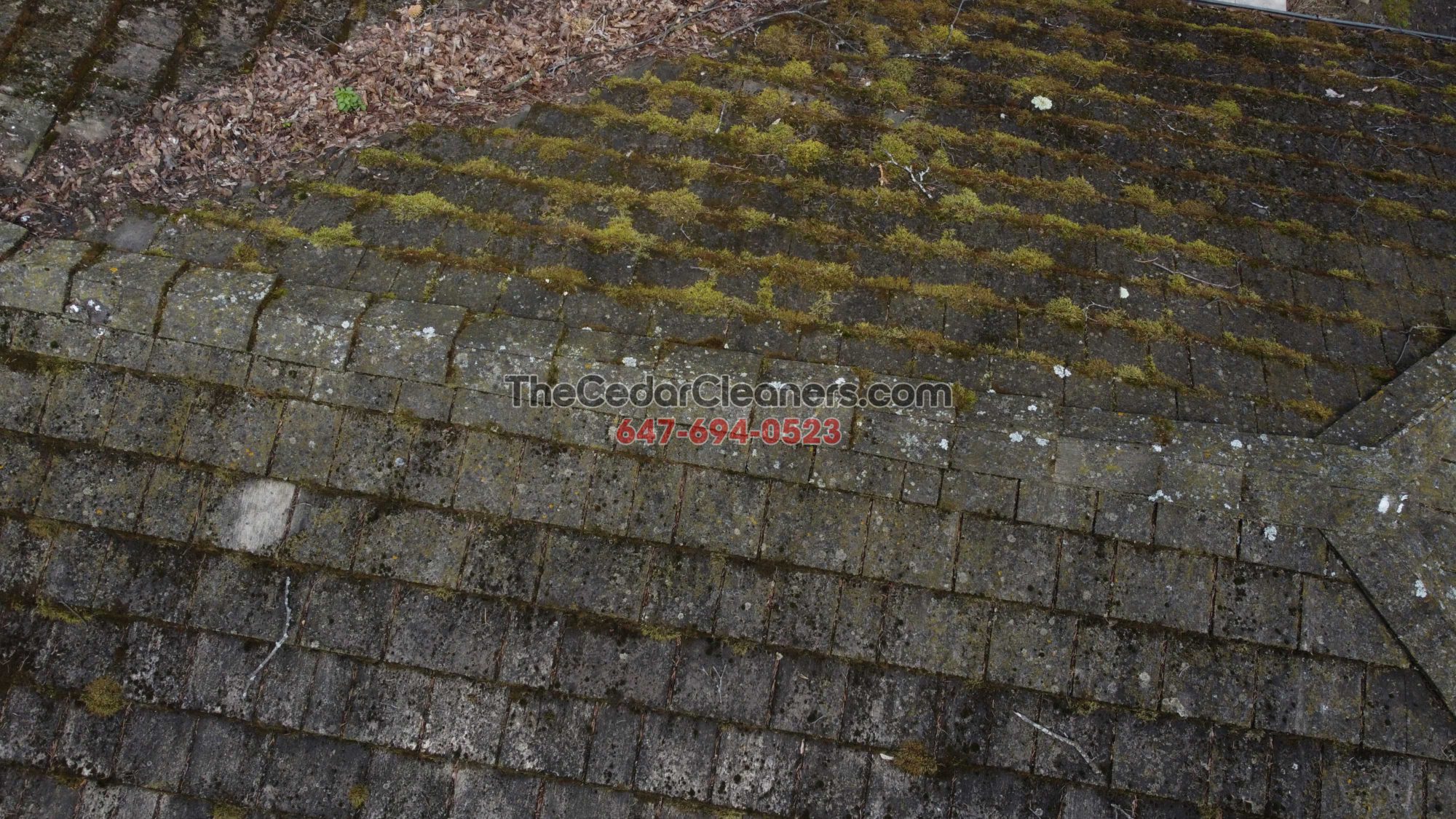Mold in your home is more than just a cosmetic concern. Especially when it’s hiding in your roof or attic, mold can silently cause structural damage, health problems, and costly repairs if not addressed early. In regions like Toronto and the GTA, where climate changes bring moisture and cold, mold thrives quietly in unseen places.
Let’s explore how mold forms in your attic, what signs to watch for, and most importantly—how to prevent it from making your roof its permanent home.
Why Mold Grows in Roofs and Attics
Mold spores are microscopic and exist all around us. But they only become a problem when they find the perfect storm of conditions—moisture, warmth, and organic material—all common inside many attic and roofing systems.
Common causes of attic mold:
- Poor ventilation: Trapped warm air condenses on cold surfaces, encouraging mold.
- Roof leaks: Even small leaks allow moisture to seep into the attic and insulation.
- Blocked soffits or vents: These restrict airflow, creating a damp environment.
- Bathroom or kitchen vents discharging into attic: Warm, moist air from showers or cooking fuels mold growth.
- Ice damming in winter: Causes water to back up under shingles and into roof decking.
Signs You May Have Mold in Your Roof or Attic
Mold doesn’t always present itself clearly. Here’s what to look for:
- Musty odors: That earthy, damp smell is often your first warning.
- Black, brown, or green spots: On plywood, insulation, or rafters.
- Peeling paint or bubbling drywall: Especially near roof lines or ceilings.
- Allergy symptoms indoors: Mold can cause coughing, sneezing, and itchy eyes.
- Condensation: Excess moisture on attic windows or beams.
If you notice any of these signs, it’s time to investigate further. The longer you wait, the worse the mold damage becomes—and the more expensive it is to fix.
Dangers of Attic Mold Growth
Health Risks
Mold is notorious for triggering health issues, especially in people with asthma, allergies, or weakened immune systems. Common symptoms include:
- Respiratory issues
- Skin irritation
- Headaches
- Chronic fatigue
Structural Damage
Mold slowly breaks down wood and other organic building materials, weakening your home’s structure. It thrives behind drywall, under insulation, and inside air ducts—places you won’t spot until it’s too late.
How Mold Impacts Roofing Materials
When mold takes hold of the plywood sheathing or insulation in your attic, it can:
- Weaken wood: Compromising the integrity of roof decking.
- Promote rot: Especially in areas near leaks or condensation.
- Void warranties: Many roofing warranties exclude mold-related damage.
- Increase energy bills: Wet insulation loses effectiveness, raising heating and cooling costs.
Prevention: The Best Weapon Against Roof Mold
Luckily, mold prevention is often simpler and cheaper than remediation. Here’s how to stay ahead of mold buildup:
Improve Roof and Attic Ventilation
Proper airflow in the attic is critical. It helps regulate temperature, expels moist air, and reduces condensation. Make sure your roof has:
- Soffit vents
- Ridge vents
- Gable vents or attic fans
Have a professional check for balanced intake and exhaust ventilation across your entire roof system.
Stop Moisture Before It Starts
- Seal all roof leaks immediately.
- Insulate your attic properly to prevent warm air from reaching cold surfaces.
- Redirect bathroom and kitchen vents to the outside, never into the attic.
Regular Inspections
Roof and attic inspections every 6 to 12 months catch problems early. Look after severe weather, roof replacements, or if your energy bills spike unexpectedly.
Mold Removal: When Prevention Isn’t Enough
If mold has already taken hold, professional mold remediation may be necessary. This involves:
- Full assessment of affected areas
- Removal of contaminated materials
- Disinfection and treatment with antimicrobial products
- Air filtration and drying systems
Do not attempt large-scale mold cleanup yourself. Improper handling can spread spores and pose health risks.
Roof Mold in Toronto and GTA: A Common but Solvable Problem
Given Toronto’s freeze-thaw cycles and humid summers, mold is an increasingly common issue for homeowners. Homes with older insulation, poor ventilation, or aging shingles are especially at risk.
Even newer homes aren’t immune—especially when builders cut corners on venting or don’t insulate properly.
When to Call a Roofing Expert
If you suspect mold or notice water damage in your attic:
- Call a certified roofing contractor or mold specialist.
- Avoid DIY repairs that don’t address the moisture source.
- Request a full roof system inspection, not just a shingle review.
Professionals can recommend cost-effective, long-term solutions—sometimes including ventilation upgrades, insulation corrections, or roof restoration services.
Protect Your Home and Your Health from Roof Mold
Mold on your roof or in your attic isn’t just a cosmetic concern—it’s a structural and health issue. With smart ventilation, regular inspections, and fast leak repairs, you can prevent mold before it starts.
And if it’s already there? Don’t panic. Professionals across Toronto, the GTA, and surrounding areas are equipped to tackle it safely and restore your roof’s health.
Your home—and your lungs—will thank you.

